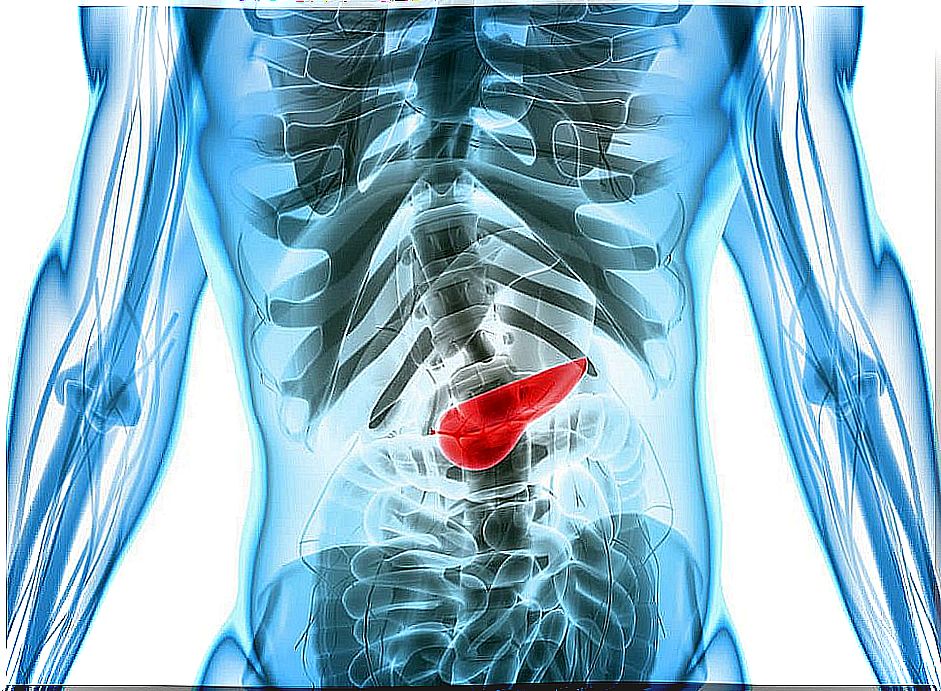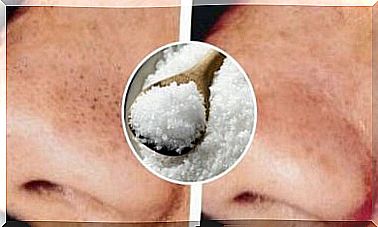Whipple Procedure Or Pancreaticoduodenectomy In The Treatment Of Cancer
What is the Whipple procedure or pancreaticoduodenectomy? As a general rule, this surgical intervention is carried out in patients with exocrine pancreatic cancer. Its duration is between 5 and 8 hours and the recovery of the patient, between 7 and 10 days. Within this pathology we can distinguish several subtypes:
- Pancreatic adenocarcinoma. It is the most common type of pancreatic cancer and can originate in the ducts or pancreatic enzymes.
- Other types of exocrine pancreatic cancer such as adenosquamous, squamous cell, signet ring cell, etc.
On the other hand, this procedure can sometimes be used to treat pancreatic neuroendocrine tumors.
What does this procedure consist of?
Once pancreatic cancer is identified and located, the medical team usually chooses to perform this type of surgery. Thus, specialists can remove the tumor and increase the survival chances of patients. However, this does not always guarantee the total cure of this class of pathologies and the experts will review what is the best treatment for the subject.
First, a moderately sized central incision is made in the patient’s abdomen (belly) and the organs in the area are checked. This way, the surgeon can determine if the cancer has spread and take a sample for a biopsy.

However, experts may choose to use laparoscopy, a technique that requires multiple cuts in the abdominal area. For this reason, another name it receives is minimally invasive surgery.
The head (and sometimes also the body) of the pancreas is removed along with other body structures. Also, the first part of the small intestine (the duodenum), the gallbladder, and part of the bile ducts (or the whole) are removed.
On the other hand, on other occasions, specialists also choose to remove the lymph nodes near the pancreas and even part of the stomach. After performing this procedure, the medical team joins the bile duct and pancreas to the small intestine. In this way, the bile produced in the liver and the enzymes synthesized in the pancreas can participate in digestion in a normal way.
Finally, the medical team reconnects the small intestine and stomach to allow food to flow as usual and treats the wound caused by the abdominal incision.
What are the risks of the Whipple procedure?
As a general rule, patients who undergo this surgical intervention may suffer a number of adverse effects. Thus, complications after the operation are more common and serious if it is performed in a non-specialized hospital than if it is carried out in cancer centers with experienced professionals.
For example, among the most frequent side effects of this procedure we can highlight:
- Bleeding or hemorrhage in the area of surgery.
- Development of diabetes. It can also appear temporarily or permanently.
- Difficulty emptying the stomach on its own after feeding. This causes food to be held in this organ for longer than usual.
- Loss of appetite or loss of appetite. It also often causes unwanted weight loss in the patient.
- Pain or discomfort in the area where the incision has been made.
- Formation of infection in the operated region.
- Problems digesting certain kinds of food. As a general rule, it appears for a short period of time and is solved with the administration of drugs with digestive enzymes to facilitate the process.
- Leaks between the organs that the medical team connects during surgery. Likewise, the effects of this alteration vary depending on the location and severity it presents.

Finally, it is important to note that the Whipple procedure is a widely used technique in the treatment of pancreatic cancer since the quality of life of the patient improves significantly, despite the aggressiveness of the disease.
The complications mentioned above are serious, but rare and preventable with a complete preoperative study. Among these prophylactic measures, it is worth highlighting the use of antibiotics to avoid infections and modifications in the diet in the days before the intervention.









